Automation has stepped in to take over many of the levers we’ve had in digital advertising. Consequently, we need to shift our attention to optimizing the things we can still control.
Right now, one of the essential tools in our kit is the ability to create and fine-tune our ad creatives.
Having the right creatives in the right places helps brands break through the clutter. It also empowers us to qualify audiences by assessing the proper messaging and combinations of creative elements to target audiences and drive results effectively.
However, simply designing and testing creative pieces is not enough. To squeeze the most value out of each piece, you must:
- Effectively report on the performance of more granular creative elements.
- Analyze what’s working to communicate results.
- Continuously optimize ads for maximum efficiency.
Here’s how to develop a creative reporting strategy for PPC to wow your clients and enable your creative team to do their best work.
1. Identify key creative elements to compare results
Aside from finding out the effectiveness of a single creative piece, stakeholders want to know why something is – or isn’t – working.
Finding these answers requires breaking down different elements of the creative piece and measuring each component’s efficacy.
Some examples of creative elements you might want to consider measuring include:
- Ad type: How are your static ads performing versus video, HTML or other ad formats?
- Primary color: Is your audience more responsive to a specific background?
- Messaging: Does the overarching message of the ad resonate with your audience?
- Product: Are you offering a variety of products across your creative pieces?
- Placement: Where is your creative being shown?
Generally, being able to identify and analyze five to six elements is the sweet spot. Anything more than that, you can run the risk of analysis paralysis and data overload. But, fewer than that won’t tell you much of a story or give you actionable insight.
These elements are not necessarily static or required. For example, if you find that analyzing color doesn’t make much difference to overall performance, consider removing it from your analysis and looking at something else.
2. Analyze performance across elements
To take ad creatives to the next level, brands and marketers must prioritize the cross-analysis of creative elements against each other.
For example, you may find that one of your product offerings is underperforming against the others overall. However, it may be overperforming when combined with a specific product or color scheme.
Digging deeper into this data and gaining these insights is extremely valuable to marketers. It will enable you to communicate what is working and allow the creative team to focus on providing new content that aligns best with what is driving results.
Before you launch your creative initiatives, ensure that you have clearly defined your measurement and performance goals beforehand. This will vary depending on your campaign strategy and platform.
For example, top-of-funnel tactics may measure success by impressions and eyeballs. But, the magic happens when you get performance data from your client that shows which ads and, ultimately, which creatives best drive their lower-funnel metric performance.
3. Develop a clear feedback process for the creative team
With any reporting, the goal of building out creative reporting is to be meaningful and actionable.
Whether the creative team is in-house for your client or you are working with a third-party agency, it is critical to convey your analysis to that team so they can focus on providing new content that aligns best with driving results.
A feedback cycle might look like this:
- Setting up a bi-weekly cadence to review performance.
- Providing the creative team with direct access to your reporting.
- Teaching them how to derive the information they need.
The key to optimizing ad creatives reporting is conveying your intentions to your client and creative partners. You need to show the value of having buy-in for a properly defined feedback and communication process. When a creative reporting strategy is fine-tuned, the results will always speak for themselves.
4. Consider creative fatigue as a factor
One crucial aspect to consider when analyzing and communicating creative results is the ability to identify when creative fatigue is setting in.
What this looks like is up to marketers to quantify. But generally, if something that was performing starts to take a noticeable dip, this can indicate that it’s time to switch things up and provide fresh messaging.
By regularly monitoring your creative performance, you can quickly notice an otherwise unexplained drop in performance week over week and ensure you don’t continue spending valuable budget on stale creative.
The takeaway
With the ever-shifting landscape of the digital advertising world, we need to continually find fresh ways to redefine our roles and demonstrate our utility as marketers.
The ability to dive into the numbers, analyze creative performance and offer robust, concise reporting will ensure you continue to provide tangible value to clients and stay ahead of the competition.
The post How to optimize PPC reporting for ad creatives appeared first on Search Engine Land.
a message brought to you by Wayne Vass SEO
This article first appeared on: The post %%POSTLINK%% appeared first on %%BLOGLINK%%.




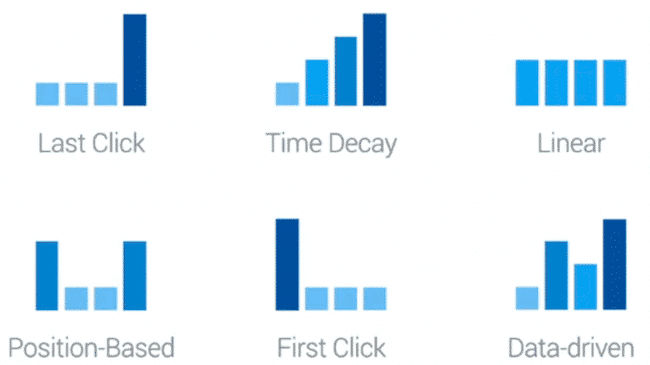
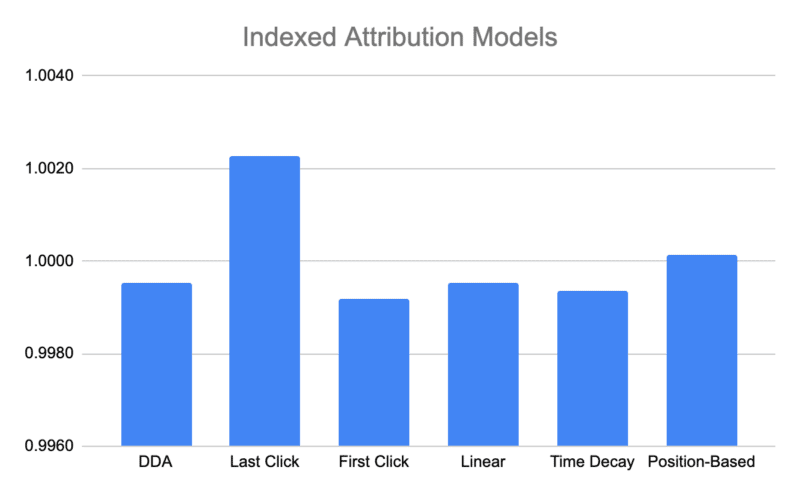


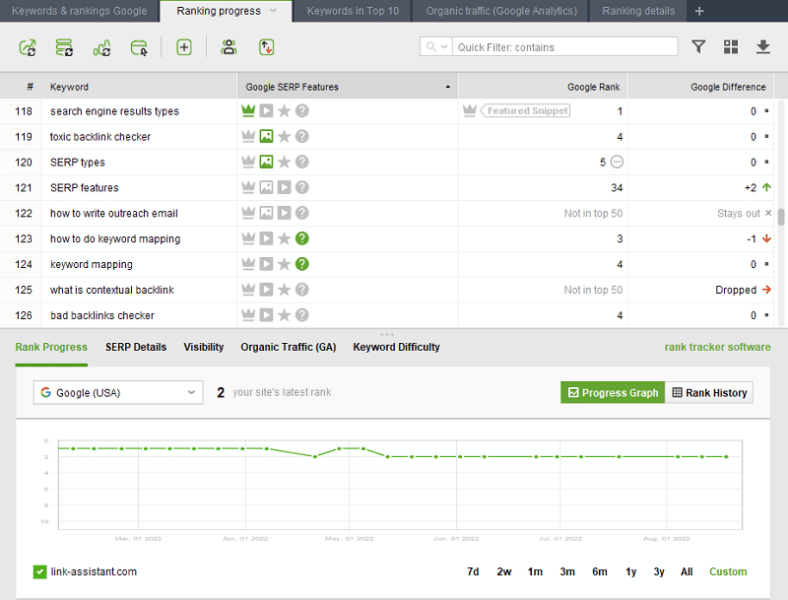
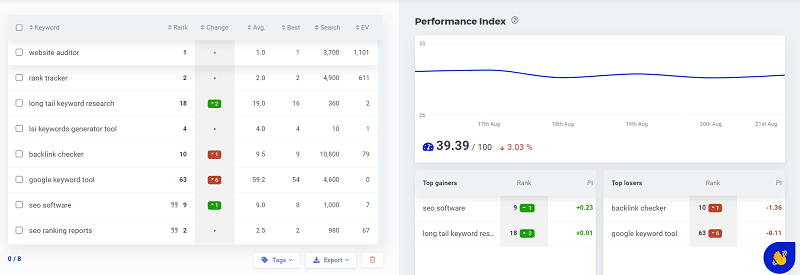
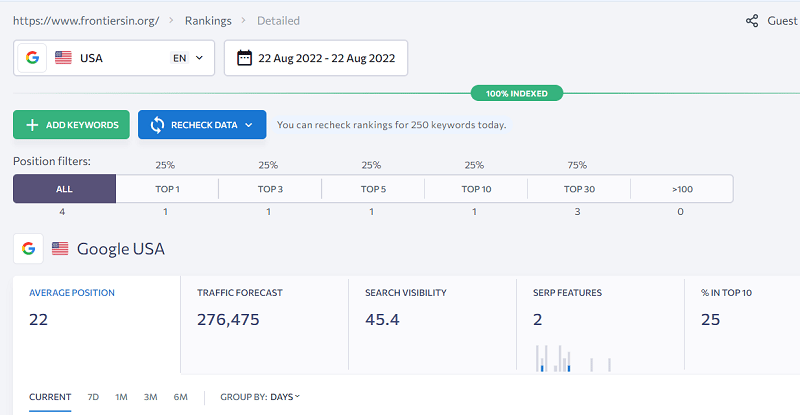
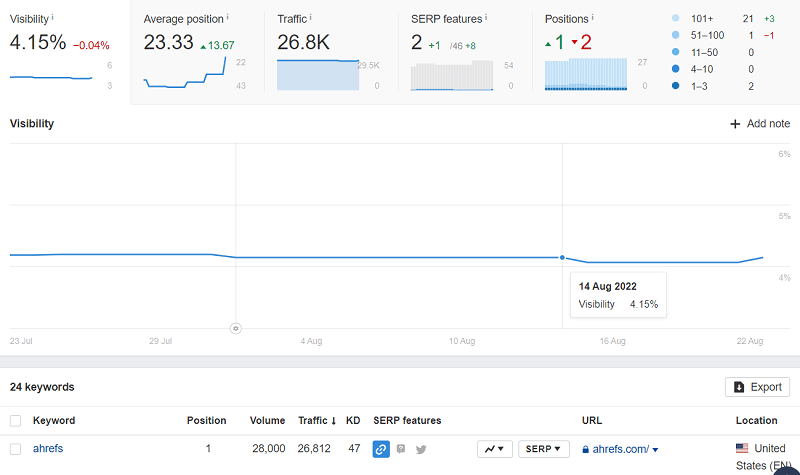
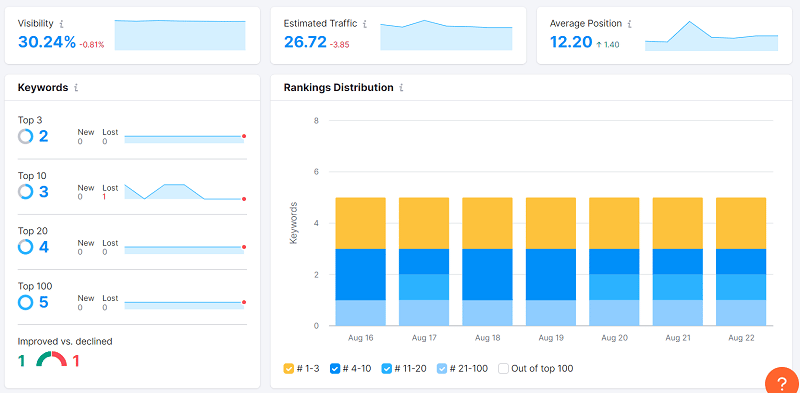

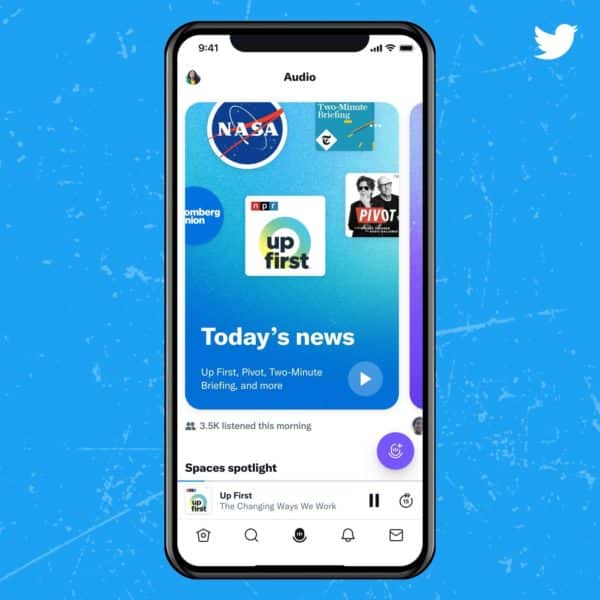
 RSS Feed
RSS Feed
